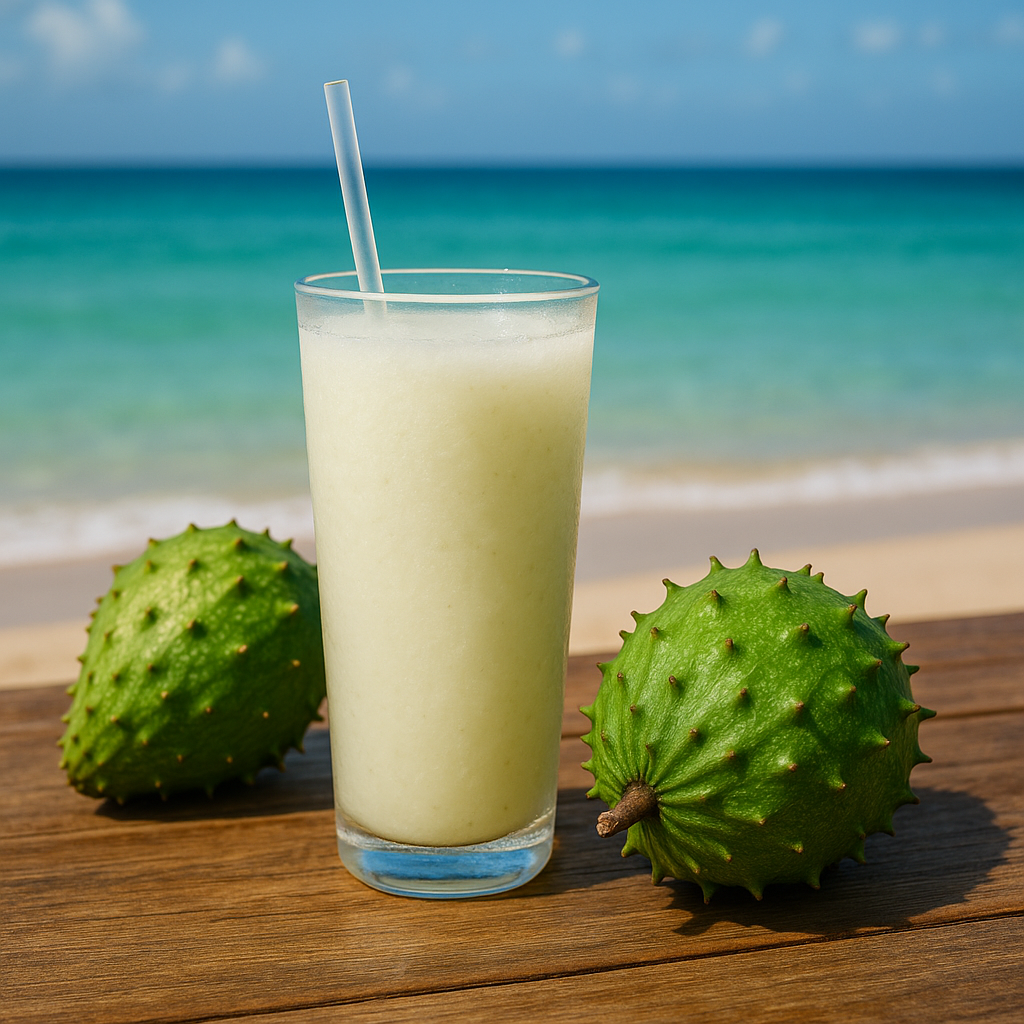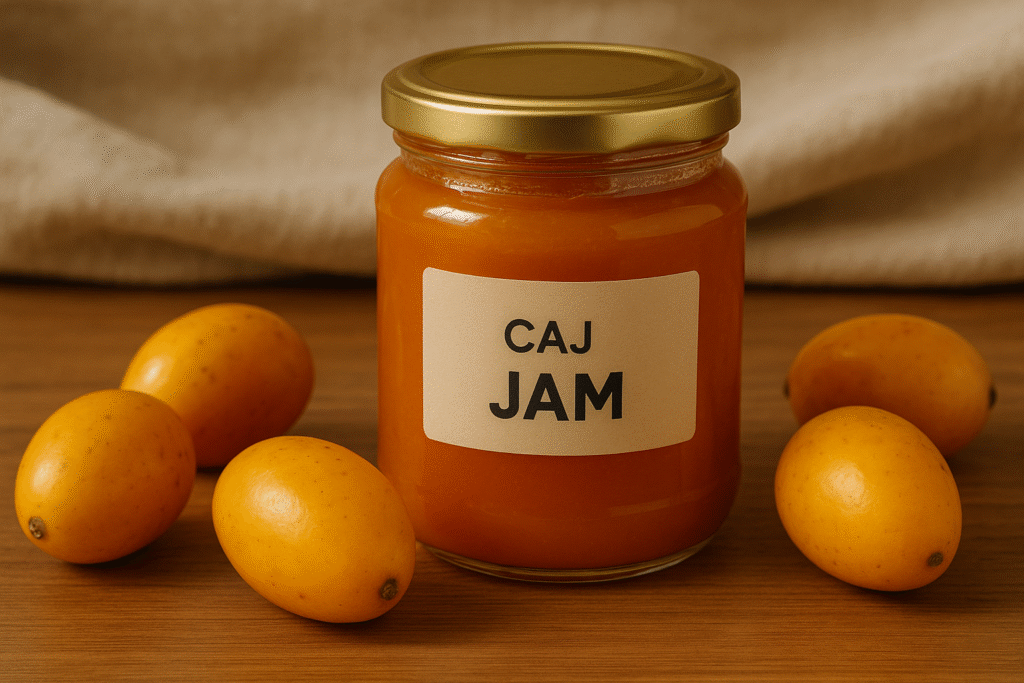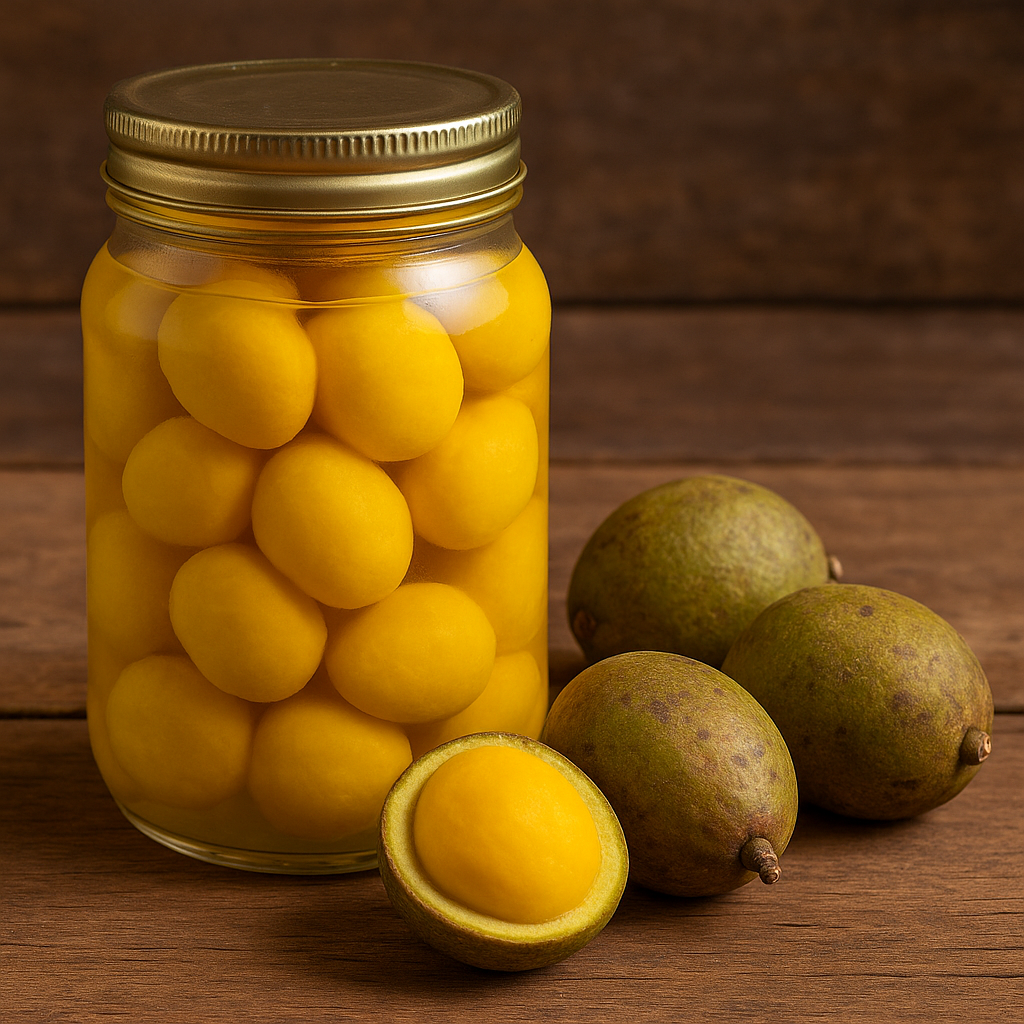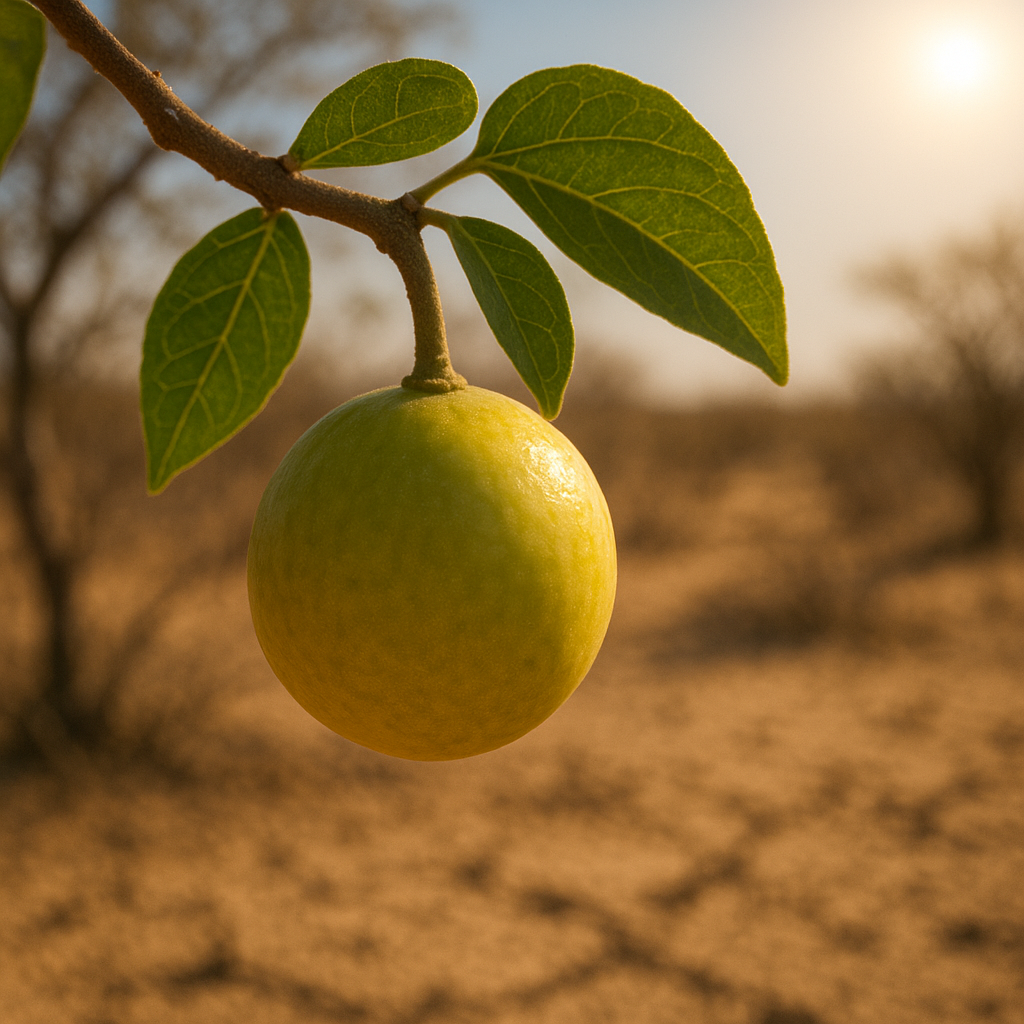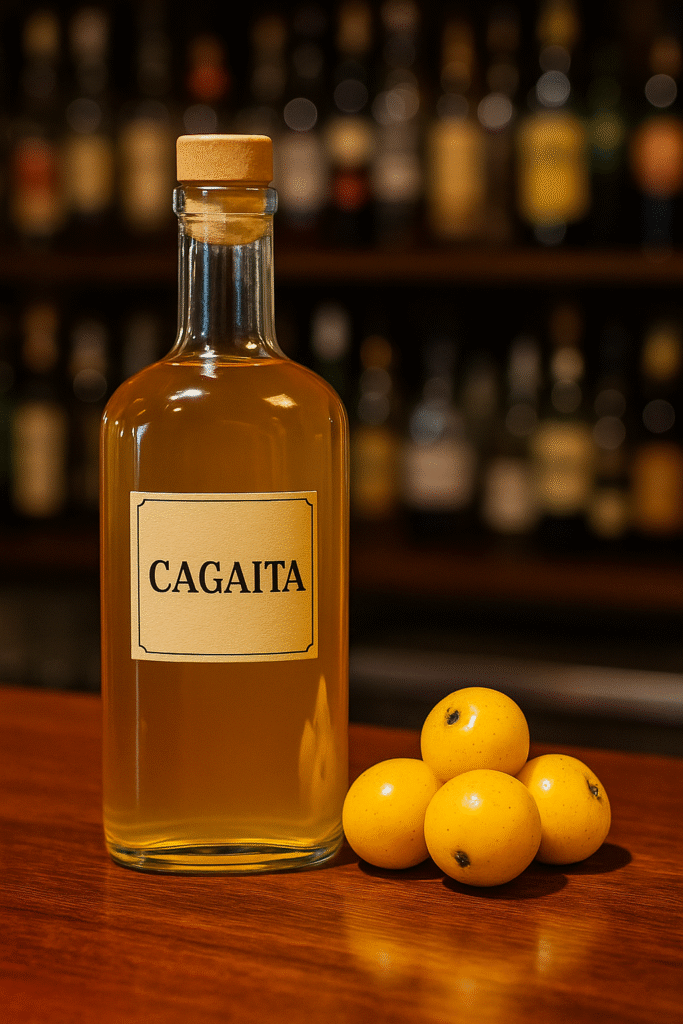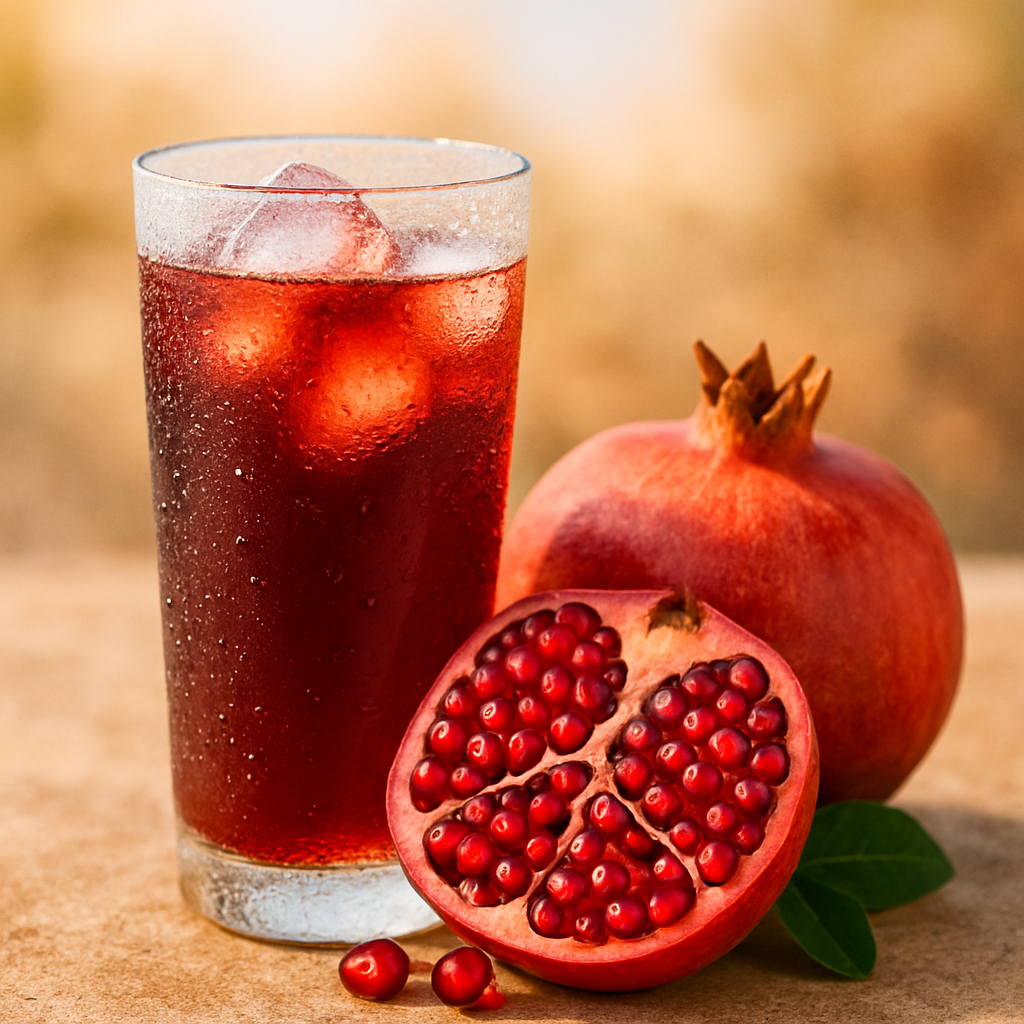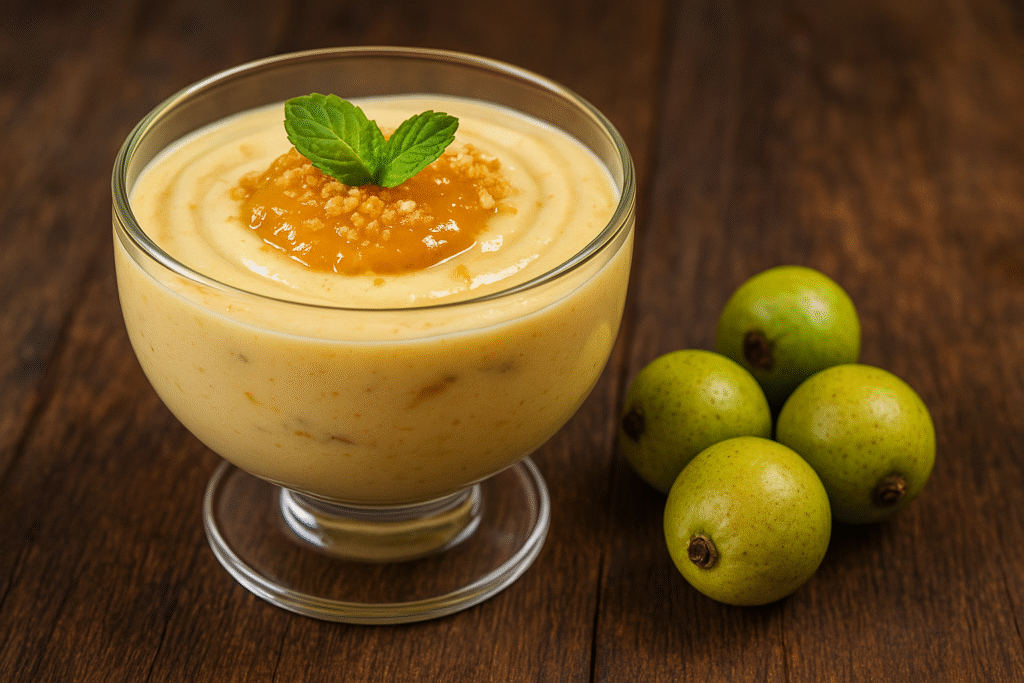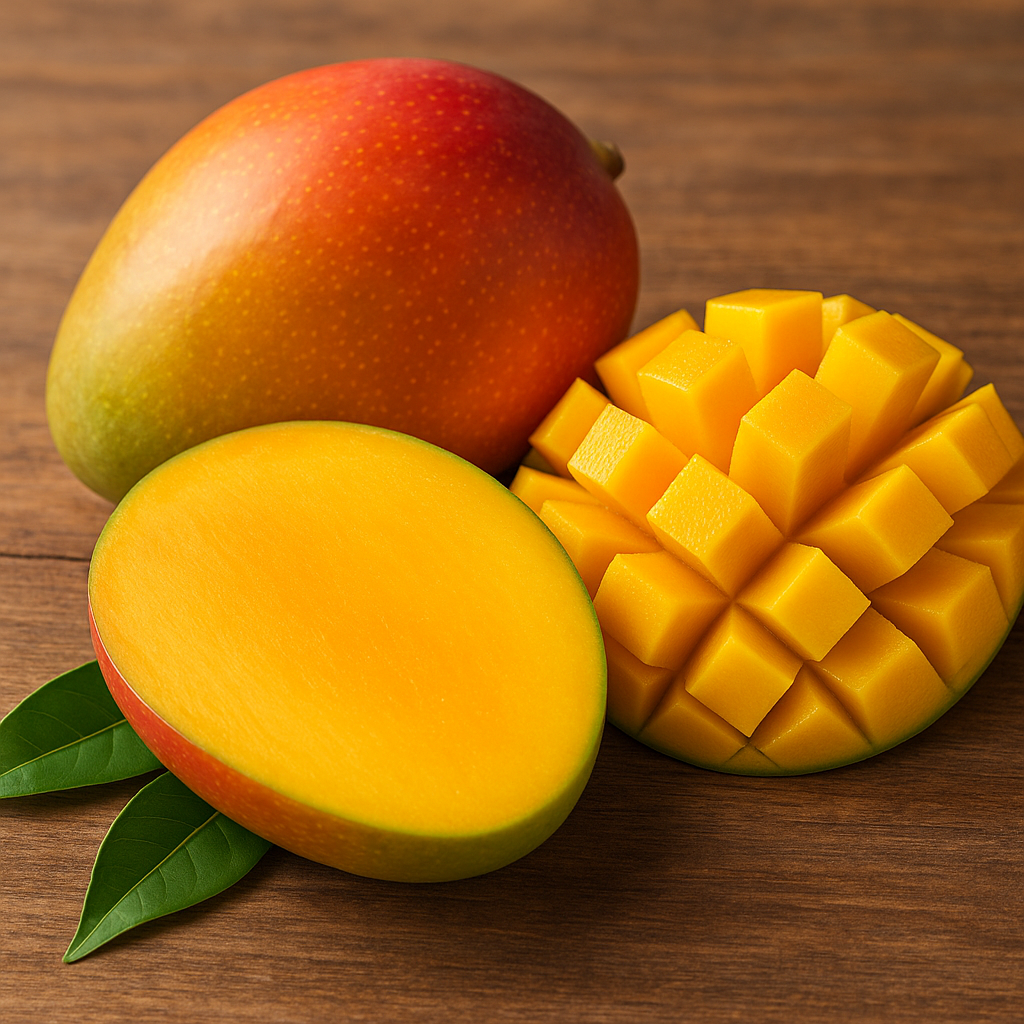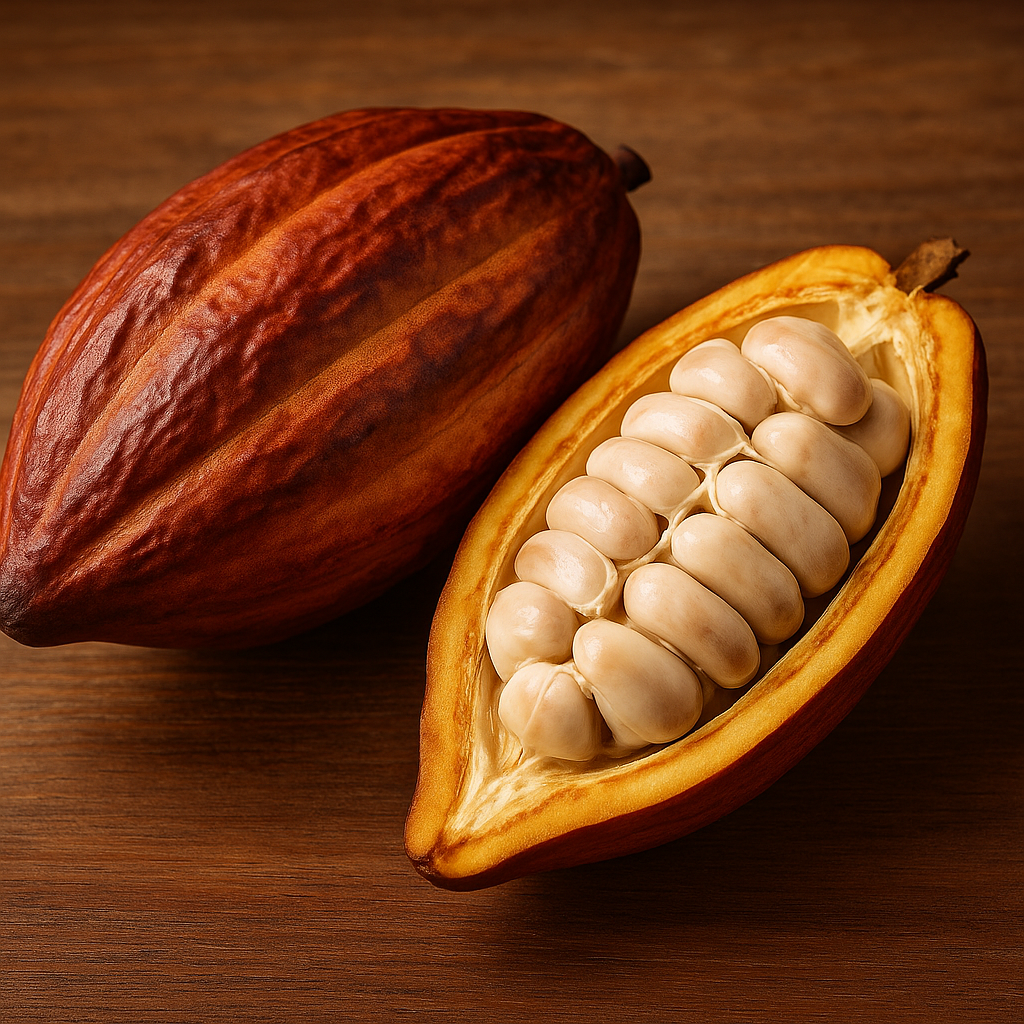What is Soursop and 3 Fascinating Facts About This Tropical Fruit
The soursop (scientific name: Annona muricata), also known as guanabana in some countries, is a tropical fruit widely grown in South America, the Caribbean, and parts of Africa and Asia. In Brazil, it is popularly called graviola. This fruit is not only admired for its unique, refreshing flavor but also valued for its rich nutritional […]
What is Soursop and 3 Fascinating Facts About This Tropical Fruit Read More »

